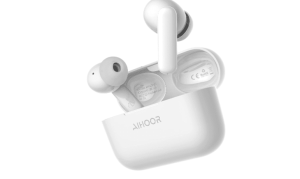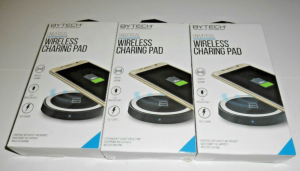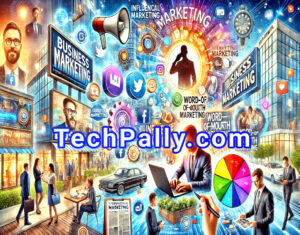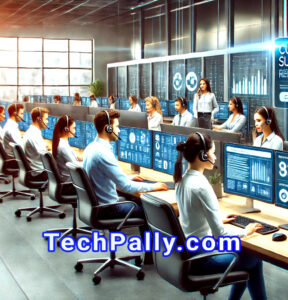Application Examples of Human Computer Interaction
There are several ways in which humans interact with machines, particularly computers with the help of programmes, image processing, motion processing etc.
This interface between the humans and the computers will be the user interface in a controlled environment.
This interaction or interface is being researched constantly to get it improved, in order to make enhanced applications.
Recently, we talked about the types of human computer interface (HCI) but today, this article is centred on the application examples of HCI and the advancement of this technology.
The advancements made can be expected in all categories right from the designing part of the implementation.
This is expected to reduce the complexity of the communication interface between humans and machines.
Some Basic Examples of Human Computer interaction
Human-computer interaction all started with the basic movement gestures.
By moving the hands of a person, the machines were able to predict the command.
Only with the basic signals and simple gestures, a task could be accomplished by a computer or a robot.
This led to several user interfaces in a variety of scenarios.
In AI: Most of the advancements in the human and machine interaction areas are driven by Artificial Intelligence and this is how artificial intelligence is now revolutionizing human computer interface today.
Since the different streams of artificial intelligence, including virtual reality, involves direct interaction between humans and machines, the advancements will only increase here.
Machine and deep learning are now much important in improving and perfecting HCI.
Some research papers and journals on human computer interface revealed that this tech would impact several industries.
While the innovations are still in the basic level like the VR goggles, a lot can be expected in the future.
There are even headsets available now which are operated by the VR technology.
Movement Sensor: One of the much needed and much-expected innovation in the interactive applications is the sensory mouse.
While a normal mouse will have to be moved by the hands, the interaction based mouse application will help in tracking the bodily movements of a user and move accordingly.
There are different types of movement-based interaction application which will vary from a mouse being tracked by eye movements to hand gestures.
In fact, there are several online games now which has taken the human-computer interaction to the next level.
In these games, the movement of the entire human body is tracked, and the moves in the game are made accordingly.
This is possible with the help of trackers and sensors.
Audio-Based Interaction: Now there are plenty of virtual assistants and personal assistants available in the application format.
The virtual assistants developed by the multinationals act as a personal assistant for every individual and act based on the command received.
While this is still in the growth phase, there is a lot that can be expected here.
Office Assistants: There are many applications which act as office assistants for humans.
If there is a piece of office equipment that has gone into some repair, or, is not functioning properly, then these assistants will jump in and help to identify the specifics of the issue.
This kind of interaction between the computer and the humans will help in rectifying an issue easily.
The Logistic Support: There are machines and systems in place, in warehouses which organize and structurize the products with just hand gestures.
Even the documentation and the reports are created based on these track records, by just entering the basic commands.
This kind of human-computer interaction is new in the field.
This technology is expected to reduce the workload in the logistics sector to a great extent.
While the majority of the developments are still in the research stage, it can be stated that the interaction between humans and machines is only going to increase.
The methods and the format of interaction will also vary drastically.
The sensors and trackers for movement are only the initial stages of the human-computer interface.
The applications based on human-computer interaction will ultimately enhance the user experience.







